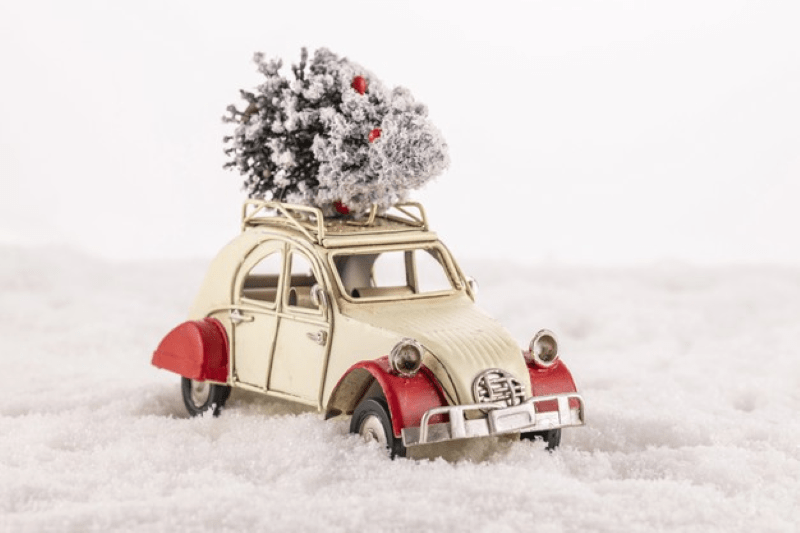Real Christmas trees may be both cute and wonderful, but we’re not all enthusiastic about pulling a 7 feet Norway spruce all the way through the house and cleaning up all the needles.
You may want to consider going fake if you’re among the reluctant group. While you might be wary of a plastic tree, in reality, a fake Fir of superior quality is not a fashion faux pas.
Going for an artificial Christmas tree doesn’t necessarily imply defeat.
What are the benefits of artificial Christmas trees?
Be it 6 foot or 7 or even the 10 foot artificial Christmas tree, faux trees are cheaper to own than purchasing a real Christmas tree every year—they definitely last for decades. A number of retailers, such as Balsam Hill, are currently running sales.
From whatever angle you look at them, they are absolutely stunning if you’re a fan of symmetry. And you won’t have to hoover up needles, so you’ll save time.

Are there any downsides?
Well. Yes.
The fake tree might appear to be the greenest of options, but it’s actually almost the least environmentally friendly.
Most of these items are made in Asia, racking up a lot of mileage on their way to get to the UK. Metal and plastic used in them aren’t biodegradable, and many of them end up in landfills.
Meanwhile, if you keep your artificial tree for several years and years, it will begin paying back on the carbon footprint front; whereas a ‘real’ tree will have to be conveyed, used, and thrown away every year.
Faux trees can also look synthetic, and you won’t be able to smell that lovely pine scent either. There will also be a need to get storage space.
Whatever you do, make sure your tree has a high number of tips. This relates to how many needles are present on a tree; the higher the number, the fuller it will appear.
